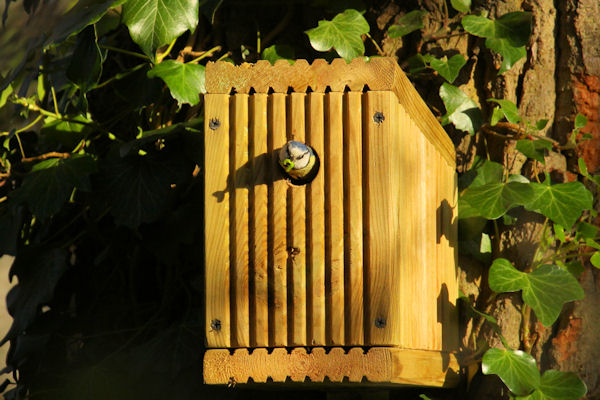European Robin
If you are an early riser and visit the woods around dawn, you will as likely as not hear the robin as his is usually the first song of the day. The female seldom sings in spring, though she may need to sing later in the year as she declares herself on her winter territory.
The delightful song and the charming character of the robin belie the fact that he is a fierce competitor and will defend his territory come what may.
They can become very tolerant of people and people have become very attached to the robin. This is a relationship built up with British and Irish gardeners who turn soil and benefit the robin by exposing food. The robins' range extends across Europe, but they were hunted on the continent, so have never developed that confiding relationship with people.
Its full title is European Robin, Erithacus rubecula and it is the UK's national bird. Or is it?
If you see a bird nesting box low down with an open front rather than a small hole, this has been placed in the hope that a robin will find it attractive enough as a nest site.









Comments
Post a Comment